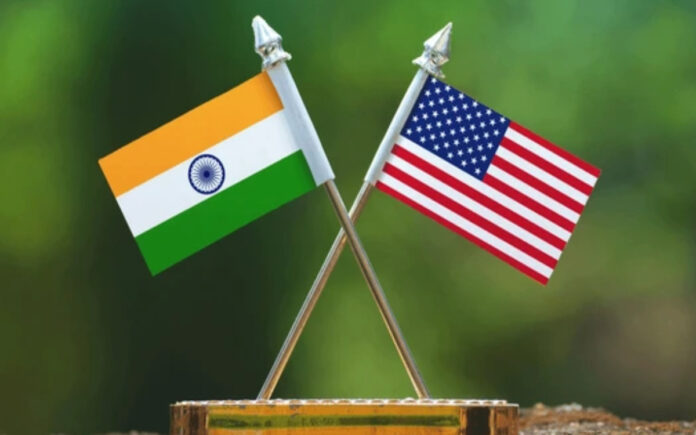New Delhi/Washington: In a significant move within the USD 3.1 billion deal for 31 MQ-9B Predator drones, the United States has proposed offering consultancy to Indian entities for the development of an advanced indigenous unmanned aerial vehicle. This deal, which has been under discussion for several years, involves the Indian Navy, Air Force, and Army receiving the drones, with the Navy set to acquire 15 units and the Air Force and Army each receiving two.
The proposal for American consultancy is anticipated to be reviewed and approved at the upcoming Defence Acquisition Council (DAC) meeting, scheduled for Monday. This will be the first DAC meeting under the Narendra Modi 3.0 administration and is expected to advance the indigenization efforts in India’s defense sector under Defence Minister Rajnath Singh.
Sources suggest that the consultancy is likely to significantly accelerate the development timeline for a highly advanced Indian drone. The MQ-9B drones are planned for deployment at key locations, including INS Rajaji near Chennai and Porbandar in Gujarat for the Indian Navy. The Air Force and Army will station their drones at Sarsawa and Gorakhpur in Uttar Pradesh due to the long runway requirements.
General Atomics, the American firm involved in the government-to-government deal, has recently engaged with Indian officials regarding the project. The strategic placement of the drones at Sarsawa and Gorakhpur will enhance military surveillance capabilities along the Line of Actual Control (LAC) with China, extending from Ladakh to Arunachal Pradesh.
Also Read | Coco Yoshizawa Triumphs in Women’s Street Skateboarding at Paris 2024
The tri-service deal sees the Indian Navy spearheading the negotiations, with the MQ-9B drones providing comprehensive coverage of maritime zones and land borders. The deal includes 31 drones, with 15 allocated for maritime operations and the remaining for the Air Force and Army. The drones’ long endurance and advanced capabilities will bolster India’s surveillance and reconnaissance efforts across the Indian Ocean Region (IOR) and its borders with China and Pakistan.
The American proposal includes a letter of acceptance valued at approximately USD 4 billion, though India plans to acquire a reduced package, lowering the overall cost. The MQ-9B drones, with over 36 hours of flight time at altitudes exceeding 40,000 feet, can be armed with Hellfire missiles and smart bombs, excelling in intelligence, surveillance, and reconnaissance missions. The Predator drones are expected to significantly enhance India’s unmanned surveillance capabilities, with proven effectiveness in monitoring anti-piracy operations and providing critical security insights.



